The Birds of Weather Reconnaissance |
|||
I confess that I do not have the whole story behind why the weather reconnaissance mission has always been associated with bird names, but it has. According to a pamphlet** authored by Gerald A. White, Jr. of the Air Force Weather History Office, the 1st Weather Reconnaissance Squadron, Air Route, Medium, ATC, and it's predecessor, the 30th Weather Reconnaissance Squadron, Air Route, Medium, identified their Flights not as A Flight, B Flight, C Flight, etc., but rather as Falcon Flight, Duck Flight, Eagle Flight, and Robin Flight. They further identified their standard synoptic weather tracks as Redbird, Bluebird, Blackbird, and later added a Raven track, which was a modification of the Blackbird mission. This was as early as 1943-44. ** The Roots of Army Air Forces Weather Reconnaissance in World War II, A First Look , by Gerald A. White, Jr., Air Force Weather History Office, 2003 |
|||
 |
 |
 |
 |
| Falcon
Flight |
Duck
Flight |
Eagle
Flight |
Robin
Flight |
| Throughout the late 1940's and into the
50's, the bird theme continues in far flung Weather Reconnaissance
units. Tracks originating from Guam are identified by the prefix
"Vulture", tracks from Yokota are "Buzzard", the U.S. West Coast tracks
(McChord, Fairfield-Suisun, McClellan) were called "Lark". Alaska
had two sets of tracks. The standard track that headed north
toward the pole was called "Ptarmigan", while the other missions were
called "Loon". Over the North Atlantic, the missions were
"Falcon" tracks. The 513th at Tinker AFB flew "Pelican" training
tracks over the Gulf of Mexico as well as "Hawk" missions flown from
Saudi Arabia over Pakistan. And the many missions from
Kindley AFB in Bermuda, and later from Hunter, Ramey, and Keesler, were
called "Gull". According to Bruce Cathcart, when the 58th was reborn at Kirtland AFB in 1963 flying the WB-57's, they used the "Snipe" call sign. I found a reference to the 57th WRS WB-50 missions out of Hawaii being called "Petrel". Did the unit also use Petrel for the WB-57 Australia tracks?? Please E-mail me your answers at: awra038@aol.com |
|
"BUZZARD" 512th and 56th Tracks originating from Japan |
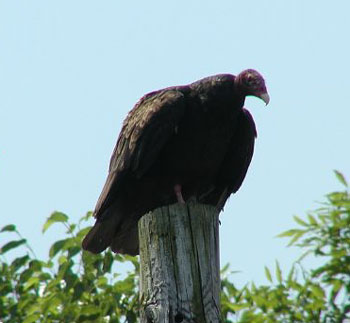 |
"VULTURE" 514th and 54th Tracks originating from Guam |
 |
"LOON"
58th, 59th, 374th, 375th and others
Tracks originating from Eielson AFB
and Ladd AFB, AK |
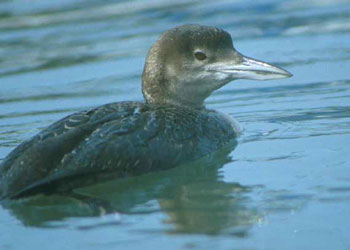 |
"PTARMIGAN" 58th, 59th, 374th, 375th and others
A specific Polar track originating from Eielson AFB and Ladd AFB |
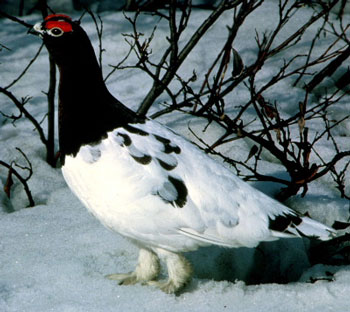 |
"PETREL"
57th
Tracks originating from Hawaii
|
 |
|
"LARK" 375th, 308th, 55th
Tracks originating from McClellan AFB
and Fairfield-Suisun |
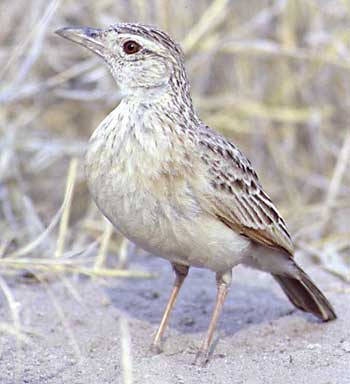 |
"PELICAN" 513th and 308th
Tracks originating from Tinker AFB
flown over the Gulf of Mexico |
 |
"HAWK" Detachments of the 374th and 513th
Tracks originating from Dhahran Airfield, Saudi Arabia |
 |
"SNIPE" 58th
Missions originating from Kirtland AFB, NM |
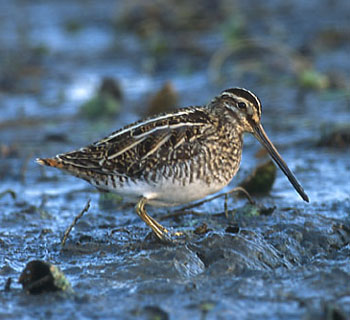 |
"GULL" 373rd, 53rd and 59th
Tracks originating from Bermuda, Puerto Rico, and Keesler AFB, MS |
 |
"FALCON" 53rd Tracks originating from Various airfields in the UK |
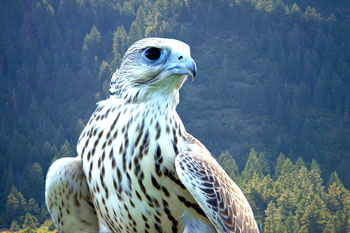 |
|
Well, tell us... What happened next?? In 1967, change was in the winds. Weather Reconnaissance had matured. With the departure of the final WB-50D for the Arizona desert in September of 1965, Air Weather Service had an all jet fleet for the first time. (Yes, those Allison engines turning the propellors of the WC-130 were technically jet engines). The squadrons left were the 53rd at Ramey AFB in Puerto Rico, the 54th at Andersen AFB on Guam, the 55th at McClellan AFB in California - with a Detachment at Eielson AFB in Alaska, the 56th at Yokota AB in Japan, the 57th at Hickam AFB in Hawaii, and the 58th at Kirtland AFB in New Mexico. The units still used the track names and aircraft call signs based on bird names. We were also seeing those new-fangled computer things and, in 1967, the FAA decided that aircraft call signs could not exceed 7 letters and numbers combined. AWS commonly used the bird name plus a 2 digit number, e.g. "Buzzard 04", which meant that any bird name longer than 5 letters would have to go. |
|
|
"SWAN" Out on Guam, the end of the "Vulture" era
ushered in the "Swan" nickname. The new bird was patterned after
the
Australian Black Swan.
|
 |
"ROBIN"
For the 56th WRS at Yokota AB, the end of
the "Buzzard" days meant a return to the roots of weather
reconnaissance with the resurrection of the "Robin" nickname.
|
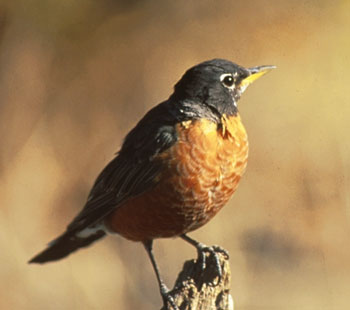 |
|
"STORK" Probably the biggest change came on 20
December 1967. The "Ptarmigan" polar mission, which had
been flown
almost daily since 1947, was renamed "Stork".
|
 |
|
Who's Left?? In 1975, the Air Force wisely made the
decision to include the reserve component as part of weather
reconnaissance. The 815th Tactical Airlift Squadron, the USAF
Reserve's "Flying Jennies", was
selected to convert to the WC-130H and assume the Hurricane
mission. The 815th WRS went looking for an appropriate sea bird
to adopt. They chose the "Teal".
|
|
|
"TEAL"
The 815th WRS selected the Teal as the bird
to represent them. In 1993, the weather reconnaissance portion of
the unit was redesignated as the 53rd WRS. This resurrected the
famous
unit number and "Hurricane Hunters" motto -- but they elected to keep
the "Teal" track names and Call Sign.
|
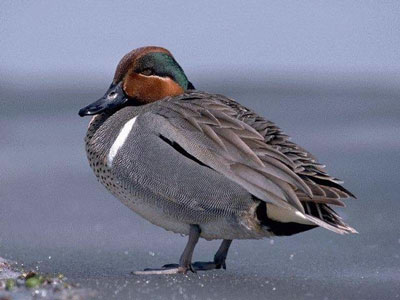 |
Go back to top of page
Go to AWRA News
Go to AWRA Home Page